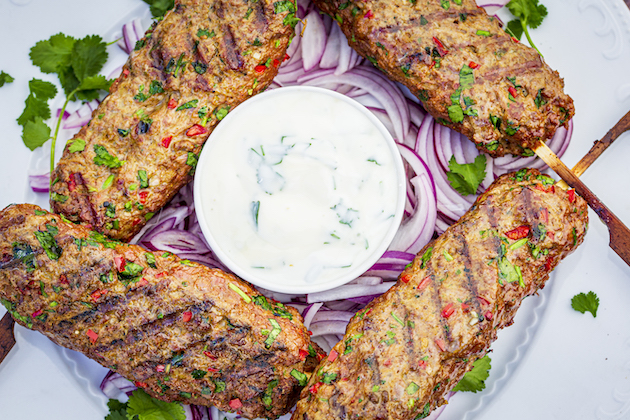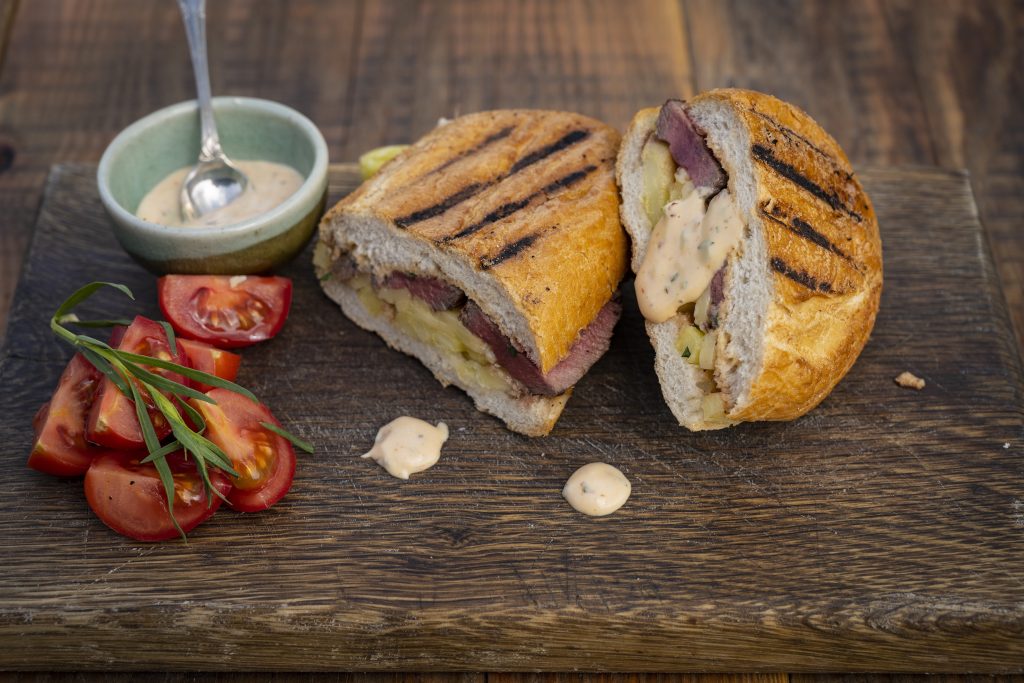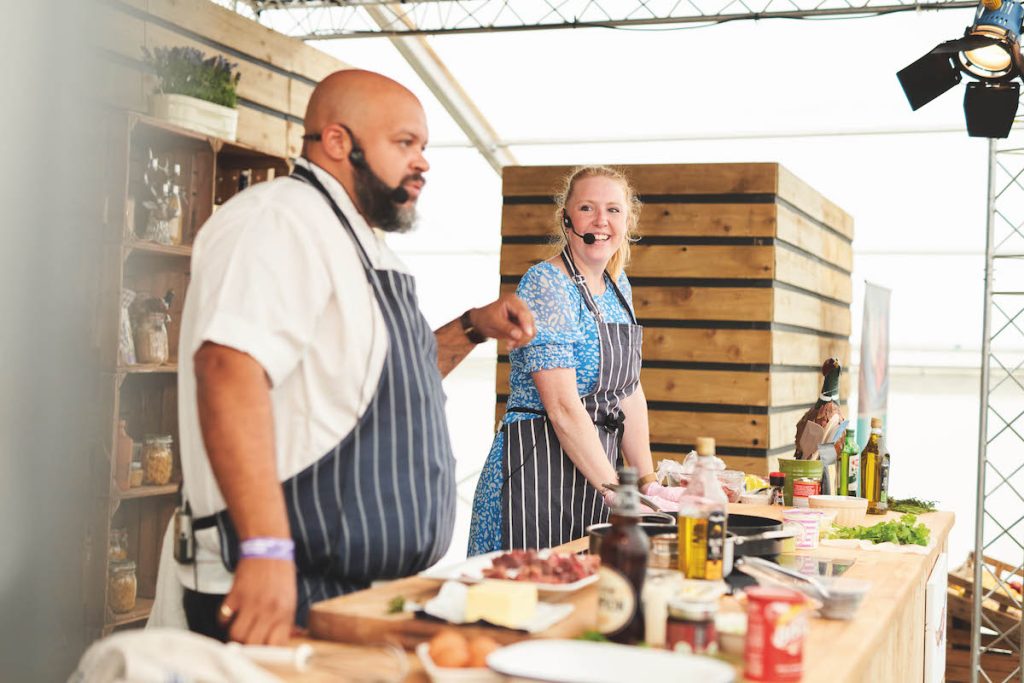Win CENS ProFlex DX5 earplugs worth £1,149 – enter here
Venison kofta kebabs – deliciously spicy
 Jose Souto - Venison Koftas or Venison Kebabs.
Jose Souto - Venison Koftas or Venison Kebabs.
Muntjac is the ideal venison for these stunning kofta kebabs.
Venison Kofta kebab with a red onion salad, Greek yoghurt and honey sauce
Ingredients
- 500g minced venison shoulder, scrag or de-sinewed venison trim
- 2 tsp turmeric
- 2 finely chopped chillies
- 4 Tsp cumin 2 tsp ground coriander
- 2 garlic cloves, finely chopped
- 30ml olive oil
- 3 tbsp fresh coriander (see method)
- 200ml greek yoghurt
- 1 tsp honey
- 10ml white wine vinegar
- 1 tsp sugar
- 1 red onion
Method
- Place the venison into a large bowl and add all the spices, two tablespoons of chopped coriander and the finely chopped garlic. Mix well, cover and place in fridge overnight.
- The following day, take some wooden skewers and soak them in water — this will help to prevent them burning when cooking. Take the mix and divide into even balls, then thread one on to each skewer.
- Wet hands with around 10ml of the olive oil and shape the meat into a sausage shape of equal thickness.
- The koftas can be cooked on a griddle, in a pan or on a barbecue, cooking for three to four minutes on each side.
- While the venison kofta is cooking, roughly chop three-quarters of the fresh coriander. Add the coriander to the yoghurt, then add the honey and mix well.
- Place 20ml of olive oil in a bowl, add the white wine vinegar and the sugar. Whisk with a fork to emulsify the dressing. Scatter the red onion and the unchopped coriander leaves on a plate, add the kebabs and serve.
Stalking muntjac
Of the deer species in the UK, muntjac hold a special allure for me. They can be difficult to stalk and tend not to stand still on open ground for long. The bucks can be called with a roe call. However, due to their unusual rutting times and breeding seasons, even this can be hit and miss.
The first time I tried to call a munty, I was in a wood on the edge of two fields that had not long been harvested. Having recently read about this method, I perched next to a fallen log and tried my luck. The article had been very enthusiastic about these calls, but I did not expect much of a response. I always carry my Buttolo deer call, using it to stop deer if they start to run. (Read our tips on how to call muntjac.) I squeezed to give three short bursts, paused and repeated the calls. After a few attempts, I started to contemplate how effective this method was when a buck suddenly came galloping around the corner, straight at me. It was running so fast that it finally skidded to a halt no more than six yards from my position. The arrival took me by surprise. We stared at each other.
At first, it did not wind or see me as I was tucked well away. It knew something odd was happening and it stamped its feet, gave a couple of barks, then turned on its heels and disappeared.
I was thinking about the successful call when another bark rang out from the undergrowth. I gave a couple of bursts on the call and was rewarded with another bark, this time from a different area. This carried on for about 10 minutes, with the muntjac moving around the wood searching for the mysterious call. The buck eventually emerged, moving in quick bursts and weaving around me about 70 yards away.
Every time I called, he seemed to get increasingly irate — hyped up that something was in his territory. He then stopped at 50 yards, turning broadside and presenting a clean and safe shot. I took the opportunity and dropped him with a low neck shot.
I was pleased with the buck, the experience and the success of the call.
Related Articles
Get the latest news delivered direct to your door
Subscribe to Shooting Times & Country
Discover the ultimate companion for field sports enthusiasts with Shooting Times & Country Magazine, the UK’s leading weekly publication that has been at the forefront of shooting culture since 1882. Subscribers gain access to expert tips, comprehensive gear reviews, seasonal advice and a vibrant community of like-minded shooters.
Save on shop price when you subscribe with weekly issues featuring in-depth articles on gundog training, exclusive member offers and access to the digital back issue library. A Shooting Times & Country subscription is more than a magazine, don’t just read about the countryside; immerse yourself in its most authoritative and engaging publication.







